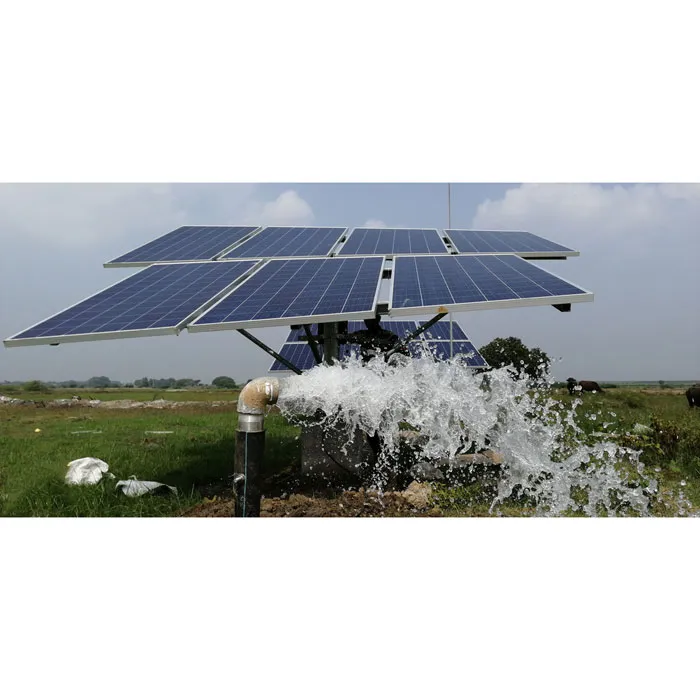A Guide to Choosing and Installing Solar Water Pumps for Farms and Off-Grid Communities
2024-11-12
Installing a solar water pump can transform water access in areas where conventional power isn’t available. In this post, we’ll provide a comprehensive guide to selecting, installing, and maintaining solar water pumps to ensure reliable and efficient water supply for farming, livestock, and rural communities.
Key Points to Cover:
1. Assessing Water Requirements and Site Conditions
- Identify Your Water Needs: Calculate daily water requirements for your application, whether for crop irrigation, livestock, or household use. Provide formulas or examples to determine water needs based on area size, number of livestock, or family members.
- Evaluate Water Source Characteristics: Describe how to assess the depth and recharge rate of the water source. Explain that deeper wells may require submersible pumps with greater lifting capacity, while shallow sources can use surface pumps.
2. Selecting the Right Solar Pump System for Your Needs
- Solar Pump Types: Reiterate the differences between surface and submersible pumps, and introduce additional options like floating solar pumps for ponds or lakes.
- Flow Rate and Head Specifications: Explain how to match pump specifications with water demand and the height (or head) the water needs to be lifted.
- Solar Panel Configuration: Discuss panel sizing and arrangement, emphasizing the importance of adequate wattage to power the pump consistently. Provide examples of panel size recommendations based on different pump wattages.
3. Solar Water Pump Installation Guide
- Site Preparation: Discuss choosing a location for the solar panels that maximizes sunlight exposure and is free from shade. Emphasize the importance of a solid foundation for both the pump and solar panels.
- Installing the Pump and Solar Panels: Provide step-by-step instructions or considerations for setting up the panels, pump controller, and connecting components.
- Safety Precautions and Maintenance Tips: Discuss safety aspects during installation, especially when handling electrical components. Emphasize that maintenance includes periodic cleaning of solar panels, inspecting wiring, and ensuring pumps are free of blockages.
4. Advantages and Drawbacks of Solar Water Pumps
- Advantages: Cover cost-effectiveness, independence from electricity grids, reduced operational costs, and low environmental impact.
- Drawbacks: Mention potential limitations, such as reduced output on cloudy days, higher initial investment, and performance challenges in areas with inconsistent sunlight.
5. Financial Considerations: Cost Analysis and Funding Options
- Cost Breakdown: Provide an outline of the costs involved, including pump, panels, installation, and maintenance. Break down average costs for a small, medium, and large-scale setup.
- Funding and Grants: Discuss government subsidies, grants, and financing options that can help offset the initial cost of solar water pumps. Mention programs in specific countries that support renewable energy adoption in agriculture.
6. Maximizing the Efficiency and Lifespan of Solar Water Pumps
- Seasonal Maintenance Tips: Share tips on maintaining solar water pumps based on seasonal changes, such as repositioning panels or clearing debris during monsoon seasons.
- Upgrading Components for Longevity: Discuss the potential for upgrading components like the pump controller or solar panels over time to extend the system’s lifespan and improve efficiency.
7. Future of Solar Water Pumps in Sustainable Agriculture
- Innovations and Emerging Technologies: Highlight recent advancements, such as hybrid solar pumps that use battery storage for uninterrupted water supply or smart controllers for optimized operation.
- The Role of Solar Water Pumps in Sustainable Development: Conclude with a discussion on how solar water pumps align with global sustainability goals, contributing to improved water access, agricultural productivity, and rural development.
With the right planning and installation, solar water pumps can provide a long-term, sustainable solution for water access, supporting self-reliant farming and improving quality of life in off-grid communities.



